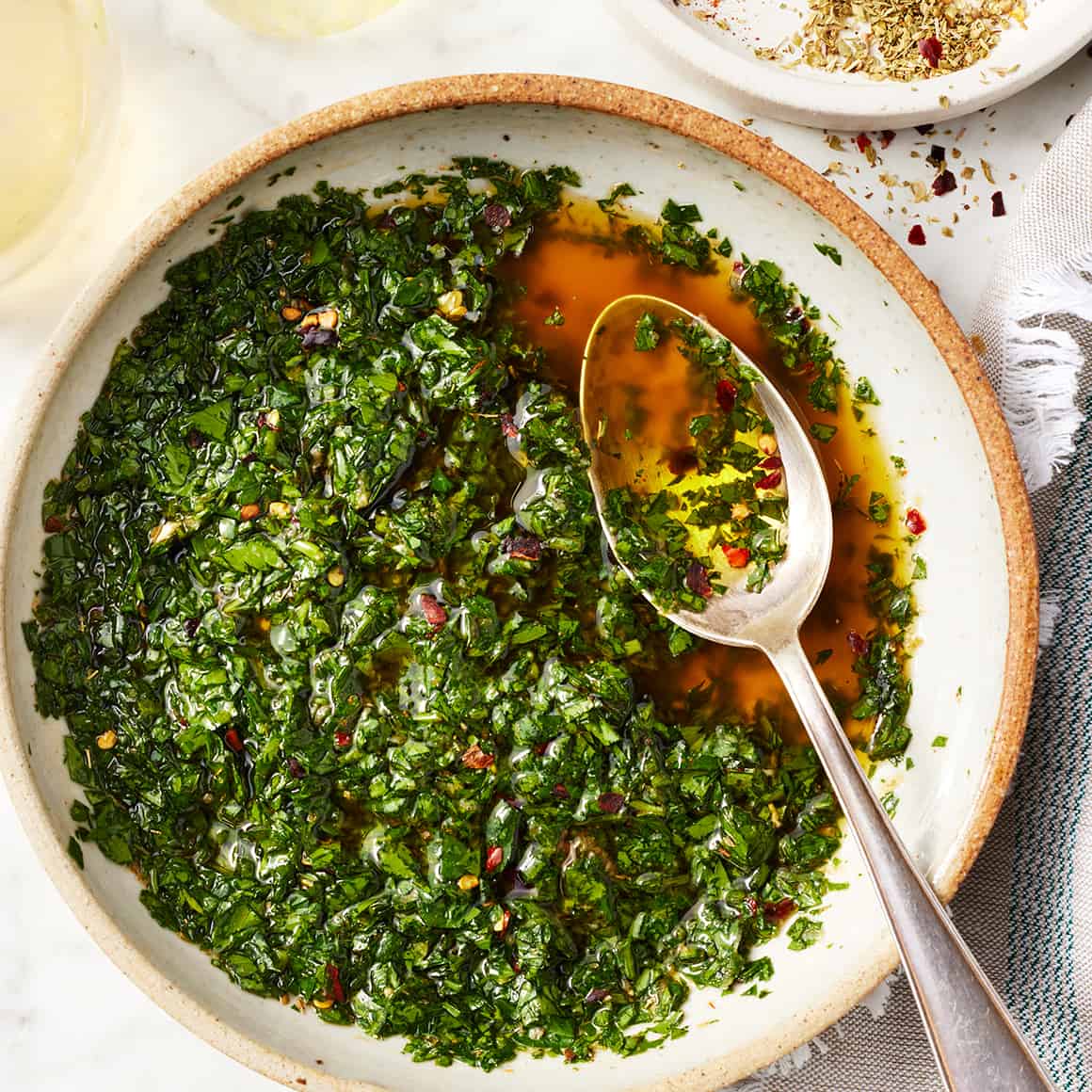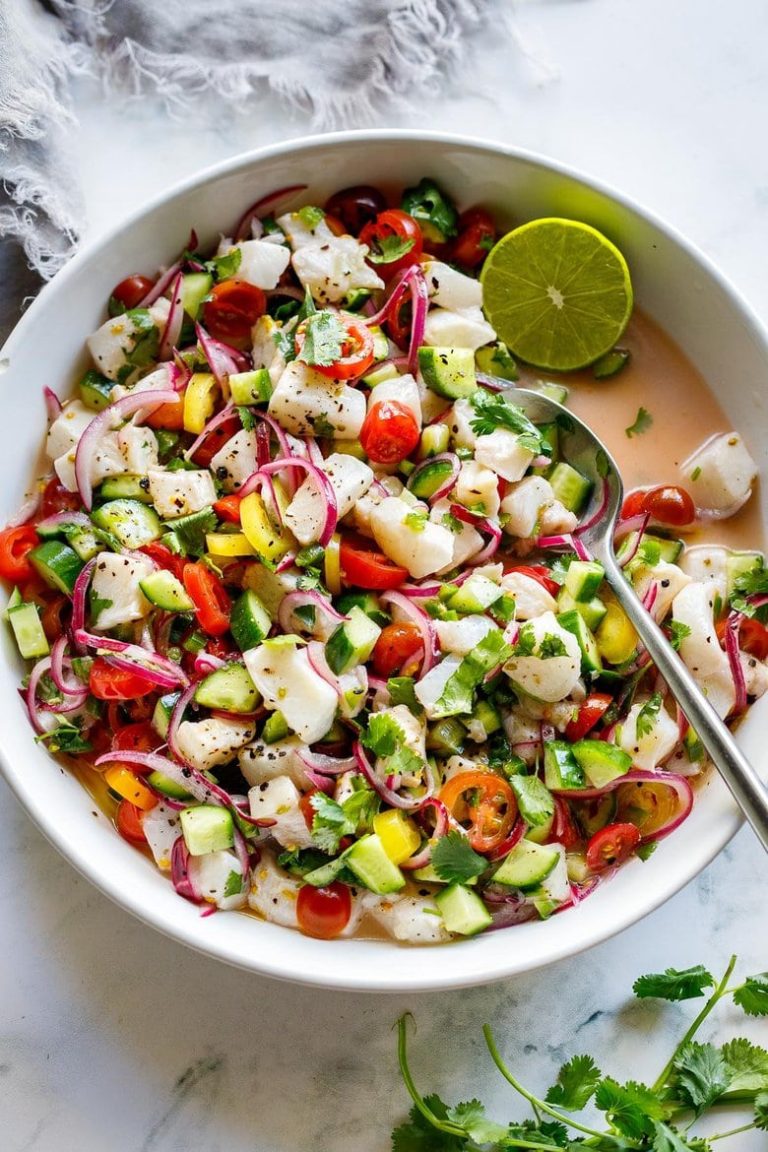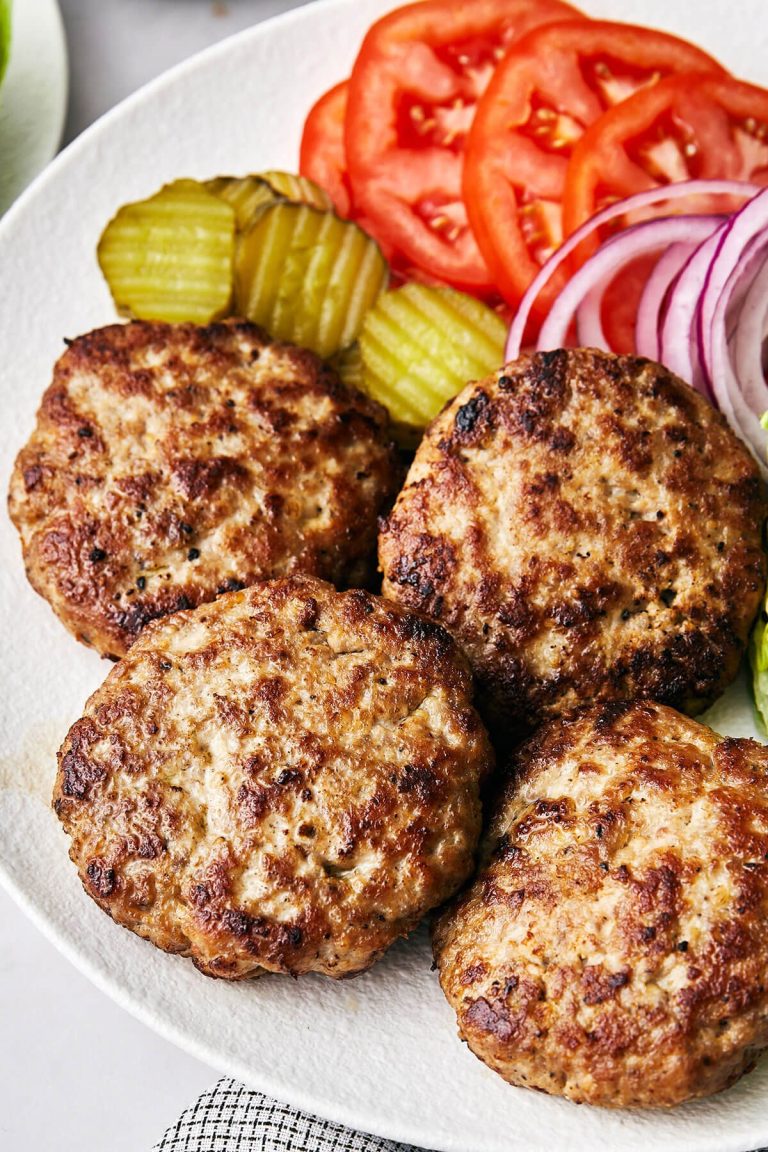Chimichurri Sauce for Steaks: Origins, Recipe, and Health Benefits
Chimichurri originates from Argentina, where it has been a staple for centuries. This emerald green sauce is a favorite for grilling meats. Argentine gauchos (cowboys) popularized it by using it to season meat cooked over open flames. Today, chimichurri extends beyond traditional Argentine cuisine, enjoyed globally for its bold flavors.
Key Ingredients and Variations
Chimichurri’s primary ingredients include parsley, garlic, and olive oil. These components create the base flavor profile. For added tanginess, red or white wine vinegar is commonly included. Red pepper flakes or fresh chili peppers add heat, while oregano and lemon juice enhance the freshness. Some versions use cilantro instead of parsley or incorporate extra ingredients like shallots or bell pepper. Each variation brings a unique twist, offering diverse options to suit different taste preferences.
How Chimichurri Enhances Steaks
Flavor Profile and Pairing
Chimichurri sauce brings vibrant, fresh flavors to steaks. The combination of parsley, garlic, and olive oil creates a balance of herbal and savory notes. If you add red wine vinegar, chili peppers, or lemon juice, the sauce gets tangy and a bit spicy. These layers complement the rich, robust flavors of grilled or seared steaks, cutting through the fat and enhancing the meat’s natural taste. For example, the tanginess of red wine vinegar pairs well with ribeye, while the savory garlic notes enhance lean cuts like filet mignon.
Preparation and Serving Suggestions
Preparing chimichurri is straightforward. Chop parsley and garlic finely, then mix them with olive oil, red wine vinegar, and your choice of additional ingredients like chili peppers or lemon juice. Let the mixture sit for at least 20 minutes to allow the flavors to meld. Serve chimichurri as a topping for steaks or as a side dipping sauce. For an added twist, use it as a marinade before grilling. This not only infuses the steak with flavor but also helps tenderize the meat. For instance, marinating a skirt steak overnight in chimichurri can elevate its taste and tenderness, transforming a simple cut into a culinary sensation.
Crafting the Perfect Chimichurri Sauce
Tips for Homemade Chimichurri
Use Fresh Ingredients: Opt for fresh parsley, garlic, and oregano. These herbs and spices provide the most vibrant flavors.
Balance Oils and Acids: Use a good-quality olive oil and balance it with red wine vinegar or lemon juice. Aim for a 2:1 oil to acid ratio.
Finely Chop Herbs: Chop parsley and other herbs finely to ensure they release their essential oils. Avoid using a food processor, which can over-process them.
Season Adequately: Add salt and pepper to bring out the flavors. Start with small amounts, then adjust to taste.
Let It Sit: Allow the chimichurri sauce to sit for at least 30 minutes. This resting time helps the flavors meld together.
Common Mistakes to Avoid
Over-Processing: Avoid blending the sauce too much. Over-processing can turn the sauce into a paste rather than a chunky dressing.
Using Dried Herbs: Fresh herbs are a must. Dried parsley or oregano won’t provide the same fresh, robust flavor.
Skipping Rest Time: Ensure you let the sauce rest. Failing to do so can result in less cohesive flavors.
Incorrect Ratios: Maintain the correct oil-to-acid ratio. Too much oil can make the sauce greasy, while too much acid can make it overly tangy.
Improper Storage: Store leftover chimichurri in an airtight container in the refrigerator for up to one week. Use a clean spoon to avoid contamination.
Crafting the perfect chimichurri sauce requires attention to detail and a balance of fresh ingredients. This ensures that your steaks are not just flavorful, but truly memorable.
Chimichurri Sauce Benefits
Health Benefits of Chimichurri Ingredients
Chimichurri’s core ingredients offer various health advantages. Parsley, abundant in vitamins K, C, and A, supports bone health and boosts immunity. Garlic, rich in antioxidants like allicin, enhances heart health by lowering blood pressure and cholesterol levels. Olive oil, a staple in Mediterranean diets, contains monounsaturated fats, which benefit cardiovascular health and reduce inflammation. Red wine vinegar or lemon juice contributes to digestive health and helps stabilize blood sugar levels. Fresh herbs and spices included in chimichurri provide additional antioxidants and anti-inflammatory properties.
Culinary Benefits for Steak Lovers
Chimichurri significantly enhances the flavor profile of steaks. Its blend of herbs, garlic, and acidity complements the savory, rich taste of grilled meat. This sauce preps and marinates steaks, balancing flavors and tenderizing the meat. Serving chimichurri as a topping or side sauce introduces a vibrant, zesty element that contrasts beautifully with the hearty steak. Additionally, chimichurri’s customizable nature allows tailoring it to match specific steak types, whether it be a ribeye or a sirloin, ensuring a delightful dining experience.
Conclusion
Chimichurri sauce is a game-changer for any steak lover. Its fresh, vibrant flavors not only enhance the taste of your grilled meats but also bring numerous health benefits. By using high-quality ingredients and customizing the sauce to your liking, you can create a unique and delicious addition to your culinary repertoire.
Whether you’re a seasoned chef or a home cook, mastering chimichurri sauce will elevate your steak dishes to new heights. So next time you’re grilling, don’t forget to whip up a batch of this versatile and flavorful sauce. Your taste buds—and your guests—will thank you.






